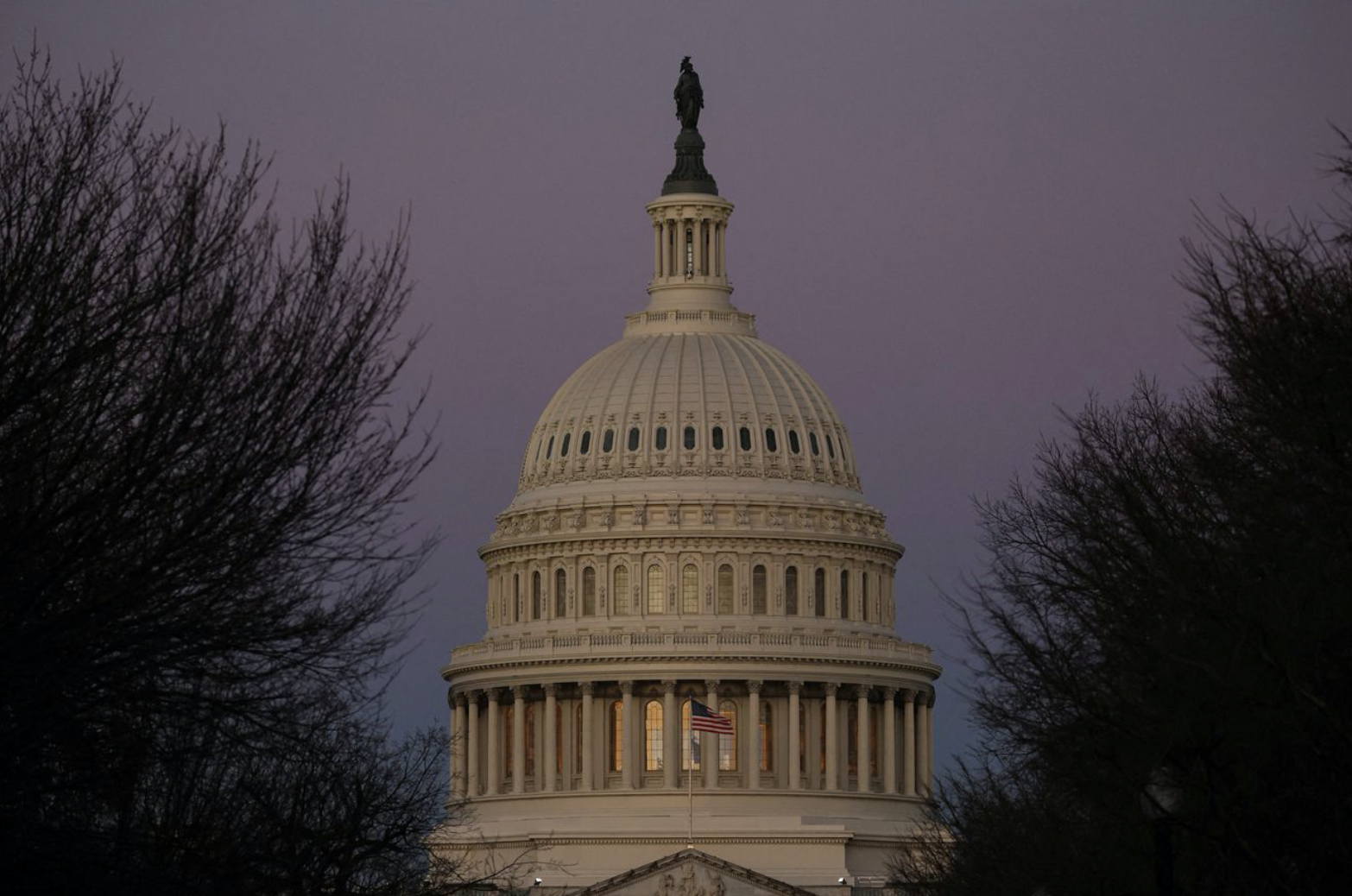By: The Editorial Board – wsj.com – November 30, 2022
Congress is marching toward a Dec. 16 expiration of government funding. Democrats want to stuff all 12 of Congress’s annual, overdue spending bills into a giant “omnibus” to finance government through September 2023. According to their media note-takers, the failure to pass an omnibus bill will result in one of two apocalyptic scenarios: a government shutdown, or the ruin of federal agencies forced to maintain spending at current levels.
That’s a convenient ultimatum, given Democrats are angling to use the omnibus as a final spending spree before Republicans retake the House in January. Including the American Rescue Plan, an infrastructure bill, last year’s omnibus, a veteran’s fund, food-stamp and healthcare increases, semiconductor subsidies, the Inflation Reduction Act, and student-loan forgiveness, Democrats have added close to $5 trillion in new spending in two years. They now want more, as well as the chance to add pork and policy riders.
Congressional sources tell us Democrats are asking for $150 billion in additional spending, split roughly between defense and non-defense. That’s not counting the White House’s separate demand for $9 billion more in Covid funding; a bipartisan push for $38 billion in Ukrainian aid; the annual “tax extender” dance; or the left’s child-tax credit expansion (at least $100 billion annually).
The additional $75 billion for nondefense would by our calculations be a 10.3% increase, on top of last year’s omnibus increase of 6.7%. The left’s answer to the inflation its spending ignited is to spend even more.
Democrats hope to lure Republicans to sign onto all this with what would equal a 9.6% increase in military spending, on top of last year’s increase of 5.6%. This investment is long overdue, and stop-gap bills known as continuing resolutions are no way to manage long-term defense planning. Yet each year Democrats hold the defense of the country hostage to ever-higher spending for their domestic constituencies.
Republicans are fighting among themselves, with Senate leader Mitch McConnell favoring an omnibus while House Republicans prefer a short-term continuing resolution that funds the government until they take power in the New Year.
One message from the midterm election is that voters want divided government to impose a pause on the Biden spending spree. A majority GOP House will have more leverage over priorities, assuming they can stay united. Senate Republicans don’t think GOP House leader Kevin McCarthy can deliver, but why pre-empt his chance to try?
Taxpayers also deserve better than another rushed backroom deal as lawmakers sprint home for Christmas. Democrats ran all of government for two years but focused on their special spending causes rather than pass individual bills to finance the government. Now with three weeks left in a lame duck, they want to jam the GOP again.
Total federal spending in fiscal 2022, which ended on Sept. 30, was still 25.1% of GDP despite the fading pandemic. That’s well above the 50-year average of 21%. Revenues were 19.6% of GDP, the second-highest percentage in history. Democrats want to build in baseline outlays that keep spending that high and maintain pressure to keep raising taxes.
The GOP campaigned on a return to regular fiscal order, and why not start now? Democrats can threaten a government shutdown, but they’d own it as the party in control. If Republicans aren’t going to use their power to enforce some fiscal discipline, they might as well stay in the minority.
The risk here is that retiring GOP appropriators like Alabama Senator Richard Shelby see the omnibus as a last chance to pave his Birmingham streets in earmark gold. Senate Minority Leader Mitch McConnell—a spender at heart—emerged from a Tuesday meeting with Washington leaders to declare “widespread agreement” on the need for an omnibus. Cue the Democratic high-fives.
To see this article in its entirety and subscribe to others like it, choose to read more.
 Listen Online
Listen Online Watch Online
Watch Online Find a Station in Your Area
Find a Station in Your Area








 Listen Now
Listen Now Watch Online
Watch Online
